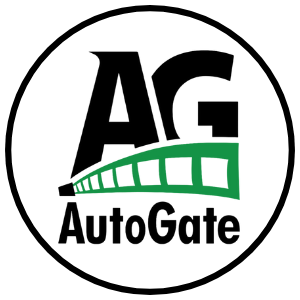Basic Safety Standards
Automatic vehicular gate operating systems provide convenience and security to the end user. In some applications, gate operators must use high levels of force to move gates. If a system is not properly specified, installed, used, and maintained, serious injuries or death can result to someone in the vicinity of a moving gate. Some situations that can lead to a possibility of serious injuries or death include:
- absence of controlled pedestrian access after engineering
- reaching through a gate to operate the system
- attempting to climb under, over, or through a gate or the area covered by the travel of the gate
- children playing on, or in the vicinity of, the gate
- physical failure of gate supporting hardware, or the absence of physical stops, which may allow a gate to “overt ravel” or fall down
- unsafe gate designs that have large openings, exposed rollers, and/or an absence of necessary entrapment protection devices
- unsafe installations in which access control devices or pedestrian access areas have been located within reach of the moving gate
- untrained individuals attempting to adjust, repair, or perform maintenance on a gate system
These situations may lead to persons coming in contact with the gate and “pinching” a portion of their body, or even worse, becoming “entrapped” by the gate. A total system design is the most effective approach to preventing injuries related to automatic vehicular gate operating systems. This design must consider gate system specific application, user population, intended use, and environmental effects. Consideration of the application must include an evaluation of all potential hazards associated with a moving gate in order to incorporate appropriate safety features into every individual gate system. Specific features include such items as an inherent reversing device in the gate operator, edge sensors, photoelectric eyes, enclosed track, vertical guard posts, screen mesh, appropriate clearance of system controls from a moving gate, guarding for exposed rollers, and instructional and precautionary signage.
